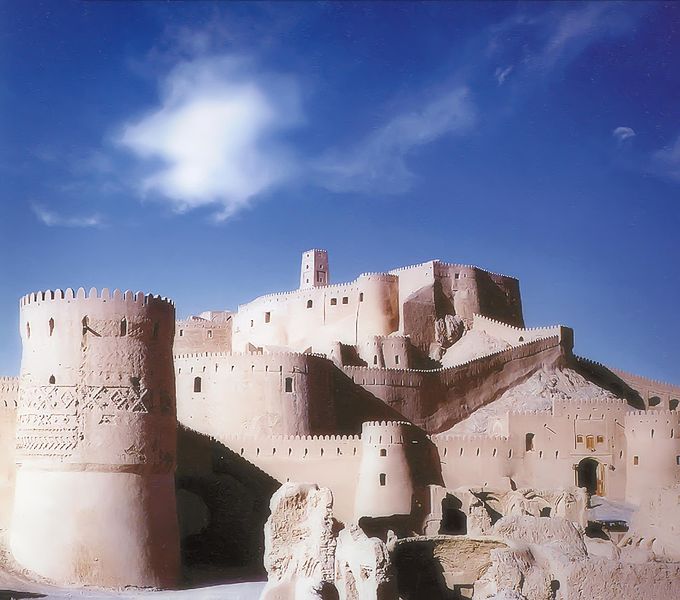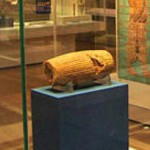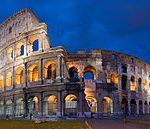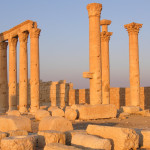What is world heritage?
“Intangible heritage” is the counterpart of “natural artifacts” which are tangible or touchable. Intangible culture includes song, music, drama, skills, crafts, and the other parts of culture that can be recorded but cannot be touched and interacted with, without a vehicle for the culture. These cultural vehicles are called “Human Treasures” by the UN and are promoted by UNESCO as a counterpart to the World Heritage that focuses mainly on tangible aspects of culture. In 2001, UNESCO made a survey among States and NGOs to try to agree on a definition, and the Convention for the Safeguarding of Intangible Cultural Heritage was drafted in 2003 for its protection and promotion. Natural World Heritage Sites, include many household names of conservation such as Ngorongoro, Kilimanjaro, Galapágos, Virunga National Park, the Grand Canyon and the Great Barrier Reef. These sites are globally recognized as the world’s most important natural areas and are often a last refuge for many endangered species, including the Mountain Gorilla, the Giant Panda and the Orangutan. They provide the most significant, front-line response to the global extinction crisis and cover 12% of the world’s surface. However, despite this critical role, these special places face many significant challenges, from direct degradation due to human pressures, lack of political support and sustainable finance, and the impacts of climate change. Afghanistan Minaret and Archaeological Remains of Jam Cultural Landscape and Archaeological Remains of the Bamiyan Valley Belize Belize Barrier Reef Reserve System Central African Republic Manovo-Gounda St Floris National Park Sangha Trinational Chile Humberstone and Santa Laura Saltpeter Works Colombia Los Katíos National Park Côte d’Ivoire Mount Nimba Strict Nature Reserve * Comoé National Park Democratic Republic of the Congo Virunga National Park # Kahuzi-Biega National Park Garamba National Park Salonga National Park Okapi Wildlife Reserve Egypt Abu Mena Ethiopia Simien National Park Georgia Bagrati Cathedral and Gelati Monastery Historical Monuments of Mtskheta Guinea Mount Nimba Strict Nature Reserve Honduras Río Plátano Biosphere Reserve Indonesia Tropical Rainforest Heritage of Sumatra Iran (Islamic Republic of) Bam and its Cultural Landscape Iraq Ashur (Qal’at Sherqat) Samarra Archaeological City Jerusalem (Site proposed by Jordan) Old City of Jerusalem and its Walls Madagascar Rainforests of the Atsinanana Mali Timbuktu Tomb of Askia Nicaragua Ruins of León Viejo León Cathedral Niger Air and Ténéré Natural Reserves Palestine Birthplace of Jesus: Church of the Nativity and the Pilgrimage Route, Bethlehem Panama Fortifications on the Caribbean Side of Panama: Portobelo-San Lorenzo Peru Chan Chan Archaeological Zone Senegal Niokolo-Koba National Park Serbia Medieval Monuments in Kosovo Tanzania, United Republic of Ruins of Kilwa Kisiwani and Ruins of Songo Mnara Uganda Tombs of Buganda Kings at Kasubi United Kingdom of Great Britain and Northern Ireland City of Bath Liverpool – Maritime Mercantile City United States of America Everglades National Park Venezuela (Bolivarian Republic of) Coro and its Port Yemen Historic Town of Zabid Zambia أفغانستان منارة وآثار جام المناظر الثقافية والآثار التاريخية لوادي باميان بليز الحاجز المرجاني/ الحيد البحري لبليز جمهورية إفريقيا الوسطى منتزه مانوفو-غوندا سانت فلوريس الوطني سانجا ثلاثي القوميات تشيلي مقالع الملح الصخري في همبرستون وسانتا لورا كولومبيا منتزه لوس كاتيوس الوطني ساحل العاج محمية جبل نيمبا الطبيعيية المتكاملة منتزه كوميو الوطني جمهورية الكونغو الديمقراطية منتزه فيرونغا الوطني منتزه كاهوزي-بييغا الوطني منتزه غارامبا الوطني منتزه سالونجا الوطني محمية الأُكاب للحيوانات البرية مصر أبو مينا أثيوبيا منتزه سيمين الوطني جورجيا كاثدرائية بجراتي ودير جيلاتي النصب التاريخية في مش خيتا غينيا محمية جبل نيمبا الطبيعيية المتكاملة هوندوراس محمية المحيط الحيوي ريو بلاتانو اندونيسيا غابات سومطرة المطرية الاستوائية ايران (الجمهورية الاسلامية) بام ومناظرها الثقافية العراق آشور (قلعة شرقط) مدينة سامراء التاريخية القدس(موقع مقترح من الأردن) المدينة القديمة وأسوارها مدغشقر غابات أتسينانانا المطرية مالي تمبكتو مدفن أسكيا نيكاراغوا آثار ليون فييهو كاثدرائية ليون نيجر محميات أيار وتينيري الطبيعية فلسطين مسقط رأس السيد المسيح: كنيسة المهد وطريق الآلام (طريق الحج)، بيت لحم بنما حصن الجزء الكاريبي من بنما: بورتوبيلو- سان لورينزو بيرو منطقة تشان تشان الأثرية السنغال منتزه نيكولو- كوبا الوطني جمهورية كوسوفو آثار العصور الوسطى في كوسوفو جمهورية تانزانيا الاتحادية آثار كيلوا كيسواني وسونغو منارا أوغندا أضرحة ملوك بوغندا في كاسوبي المملكة المتحدة لبريطانيا العظمى وشمال ايرلندا مدينة باث ليفيربول – المدينة البحرية التجارية الولايات المتحدة الأمريكية منتزه الايفرجليدز (المستنقعات) الوطني جمهورية فنزويلا البوليفارية مدينة وميناء كورو اليمن مدينة زبيد زامبيا التاريخية شارك بما يلي: 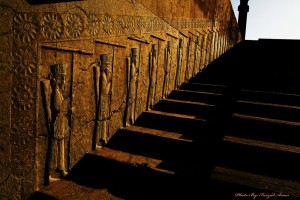 Cultural heritage can include a legacy of intangibile or natural artifacts, passed from generation to generation such as customs, practices, values, objects or places.
Cultural heritage can include a legacy of intangibile or natural artifacts, passed from generation to generation such as customs, practices, values, objects or places.
Read more


UNESCO Convention Concerning the Protection of the World Cultural and Natural Heritage
THE GENERAL CONFERENCE of the United Nations Educational, Scientific and Cultural Organization meeting in Paris from 17 October to 21 November 1972, at its seventeenth session,
Noting that the cultural heritage and the natural heritage are increasingly threatened with destruction not only by the traditional causes of decay, but also by changing social and economic conditions which aggravate the situation with even more formidable phenomena of damage or destruction,
Considering that deterioration or disappearance of any item of the cultural or natural heritage constitutes a harmful impoverishment of the heritage of all the nations of the world,
Considering that protection of this heritage at the national level often remains incomplete because of the scale of the resources which it requires and of the insufficient economic, scientific, and technological resources of the country where the property to be protected is situated,
Recalling that the Constitution of the Organization provides that it will maintain, increase, and diffuse knowledge, by assuring the conservation and protection of the world’s heritage, and recommending to the nations concerned the necessary international conventions,
Considering that the existing international conventions, recommendations and resolutions concerning cultural and natural property demonstrate the importance, for all the peoples of the world, of safeguarding this unique and irreplaceable property, to whatever people it may belong,
Considering that parts of the cultural or natural heritage are of outstanding interest and therefore need to be preserved as part of the world heritage of mankind as a whole,
Considering that, in view of the magnitude and gravity of the new dangers threatening them, it is incumbent on the international community as a whole to participate in the protection of the cultural and natural heritage of outstanding universal value, by the granting of collective assistance which, although not taking the place of action by the State concerned, will serve as an efficient complement thereto,
Considering that it is essential for this purpose to adopt new provisions in the form of a convention establishing an effective system of collective protection of the cultural and natural heritage of outstanding universal value, organized on a permanent basis and in accordance with modern scientific methods,
Having decided, at its sixteenth session, that this question should be made the subject of an international convention,
Adopts this sixteenth day of November 1972 this Convention.

